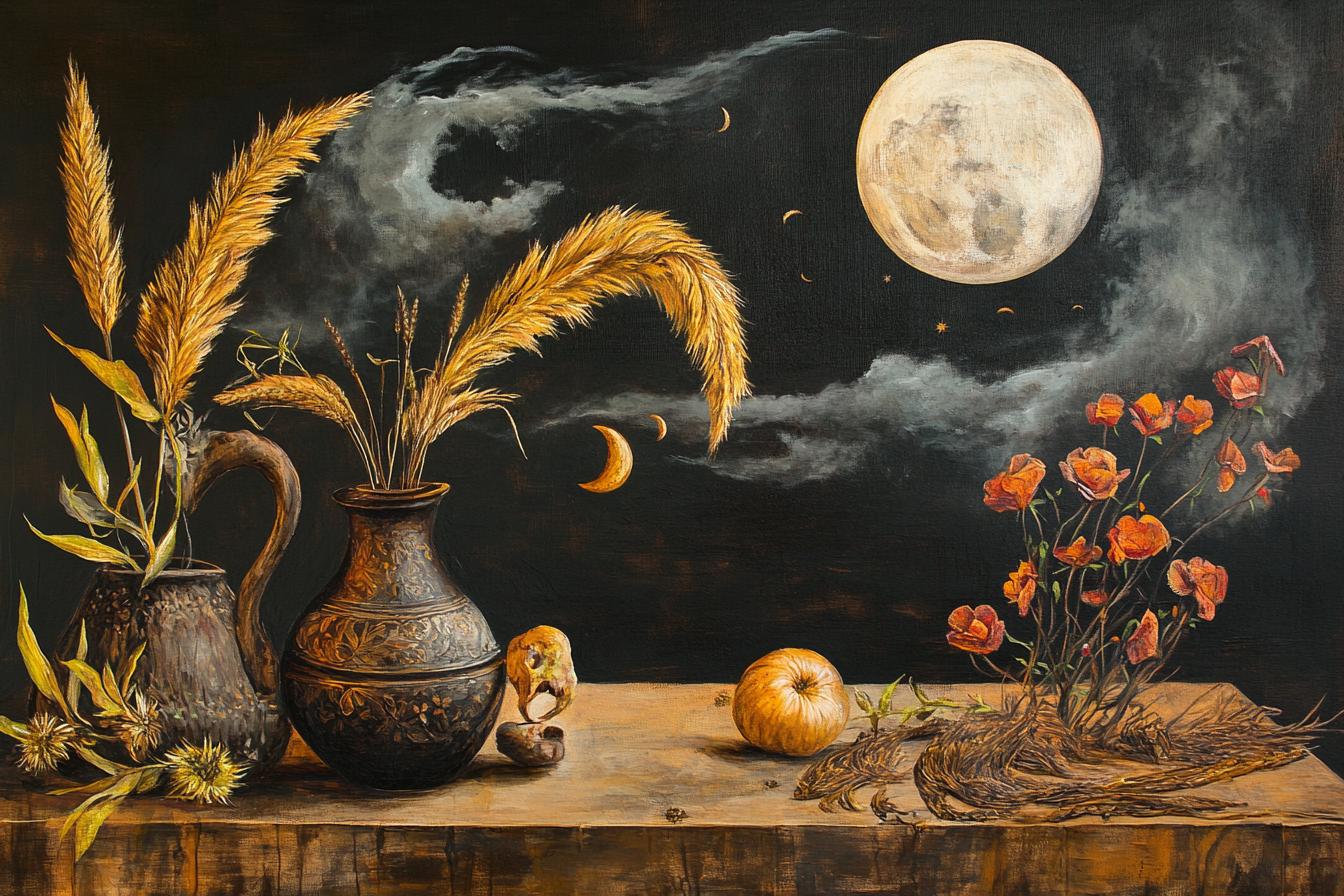Incorporating modern themes into traditional poetic forms can breathe new life into timeless structures. Think of a sonnet, with its strict rhyme scheme and iambic pentameter. It’s a form that’s been around for centuries, but it can still be used to explore contemporary issues like social justice, climate change, or the complexities of identity. The key is to find ways to connect those themes to the traditional form’s strengths. For example, a sonnet about the struggles of a young immigrant could use the form’s tight structure to reflect the feeling of being confined or restricted, while also allowing for moments of personal reflection and hope within the traditional rhyme scheme.
Furthermore, it’s important to consider the audience when blending modern themes with traditional forms. A contemporary audience might be drawn to a poem that uses familiar language and imagery, but still adheres to the structure of a haiku or villanelle. Think about the impact of a haiku about the loneliness of social media, or a villanelle exploring the emotional toll of a climate disaster. These poems can be both engaging and thought-provoking, offering a fresh perspective on familiar forms and prompting readers to consider the relevance of these structures in a modern context.

1. How to Incorporate Modern Themes into Traditional Poetic Forms
To breathe new life into traditional poetic forms, you can use them as a springboard for exploring modern themes. Instead of focusing on the conventions of the form, like rhyme scheme or meter, consider how the form can enhance the message you want to convey. For example, a sonnet’s tight structure can mirror the constraints of a modern societal issue, while a villanelle’s repeating lines can highlight the cyclical nature of a contemporary problem. This approach allows you to create a powerful and relevant poem that resonates with a modern audience.
Think about how the form’s history and its traditional themes can be used to create a dialogue with modern issues. You can use a traditional form to offer a new perspective on a contemporary concern, or to challenge traditional interpretations of the world. For example, a traditional love poem can be reimagined to explore themes of modern relationships, or a nature poem can be used to address environmental concerns. This approach allows you to create a poem that is both familiar and fresh, engaging readers with its traditional form while also offering a thought-provoking take on modern issues.
2. Modernize language and imagery
To breathe new life into traditional poetic forms, consider updating the language and imagery. Instead of relying on archaic terms or overly flowery descriptions, use contemporary vocabulary and relatable metaphors. Think about the experiences and perspectives of your audience and find ways to connect them to the poem’s themes. For example, instead of describing a lover’s eyes as “stars,” you could compare them to “the flickering pixels on a phone screen” – a modern image that resonates with the digital age. This approach can make the poem feel fresh and relevant without sacrificing the elegance of the form.
In addition to modernizing language, consider incorporating contemporary themes and concerns into your work. While traditional forms often focus on timeless topics like love, loss, and nature, you can explore these themes through a modern lens. For instance, you could write a sonnet about climate change, or a villanelle about the complexities of online identity. By weaving modern issues into the fabric of your poetry, you can create a compelling and thought-provoking experience for your readers.
3. Explore contemporary issues within form
To infuse modern themes into traditional poetic forms, one can explore contemporary issues within the form itself. This means looking beyond the traditional subject matter and exploring the ways in which the form can be used to address current social, political, and cultural concerns. For example, a sonnet could be used to examine the impact of social media on relationships, or a haiku could capture the fleeting nature of online fame. By using the constraints of the form to explore contemporary issues, poets can create a powerful dialogue between the past and the present.
Furthermore, consider experimenting with the structure and language of the form to reflect contemporary concerns. For instance, a villanelle could incorporate slang or colloquialisms to capture the voice of a younger generation, or a free verse poem could break from traditional line breaks to mirror the fragmented nature of modern life. By pushing the boundaries of the form, poets can create fresh and engaging work that speaks to the complexities of the modern world.
4. Adapt traditional elements to new contexts
One way to breathe new life into traditional poetic forms is to adapt their elements to modern contexts. This involves taking familiar structures, like the sonnet’s rhyme scheme or the haiku’s syllable count, and applying them to themes and ideas that resonate with contemporary audiences. For instance, a sonnet about the anxieties of social media or a haiku capturing the fleeting nature of online interactions can effectively blend traditional form with modern subject matter.
Furthermore, you can experiment with language and imagery to create a unique blend of the old and new. Use contemporary slang or jargon within a classic structure to create a playful tension, or incorporate modern metaphors and allusions to relate the poem to current events and cultural trends. This approach allows you to connect with a modern audience while still honoring the rich history and artistic merit of traditional forms.
5. Maintain forms structure while innovating
The beauty of traditional poetic forms lies in their established structures, which guide the poet’s expression and create a sense of rhythm and order. When incorporating modern themes, it’s crucial to respect this inherent structure. This means understanding the rules of the form, such as the number of lines, rhyme scheme, and meter, and using them as a foundation for your creative exploration. However, don’t feel confined by these rules. Embrace the opportunity to push boundaries and find new ways to express your modern ideas within the framework of the form.
For example, a sonnet’s traditional rhyme scheme can be adapted to create new and unexpected pairings. Similarly, the traditional meter of a haiku can be subtly altered to emphasize certain words or phrases. These subtle adjustments allow you to inject your own voice and perspective into the form while still honoring its essence. The key is to find a balance between maintaining the structure and pushing its limits, creating a unique and compelling piece of poetry that resonates with both tradition and modernity.
6. Challenge expectations of traditional poetry
Traditional poetry forms, with their established structures and conventions, offer a solid foundation for crafting verse. However, to truly engage modern audiences and explore contemporary themes, poets can push the boundaries of these forms. This means experimenting with language, imagery, and tone to create unexpected and thought-provoking experiences. For example, a sonnet can address a modern social issue, a haiku can capture the essence of a technological advancement, or a limerick can offer a satirical commentary on current events. By subverting expectations, poets can breathe new life into these established forms and make them relevant to the present day.
Furthermore, modern themes often require a different approach to language and imagery than traditional poetry. The rapid pace of change, the pervasiveness of technology, and the complexities of modern life demand a more direct and visceral style of expression. Poets can achieve this by incorporating slang, colloquialisms, and even technological jargon into their verse, creating a sense of immediacy and authenticity. This fusion of traditional form and modern language can result in powerful and engaging poetry that resonates with contemporary readers and challenges their preconceived notions of what poetry can be.
Conclusions
So, you wanna write poetry that’s fresh and exciting but still pays homage to the classics? It’s totally doable! We’ve explored how to bring modern themes, language, and issues into traditional forms. You can adapt old elements to fit new situations, keeping the structure while adding your own twist. And don’t be afraid to shake things up and challenge what people expect from traditional poetry. Remember, the best poetry is always evolving, and you can be a part of that evolution!

